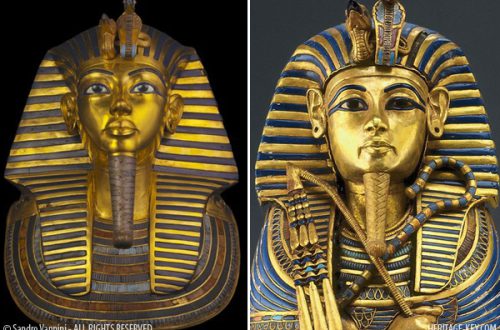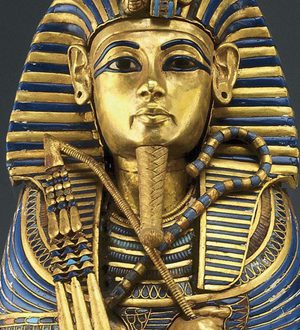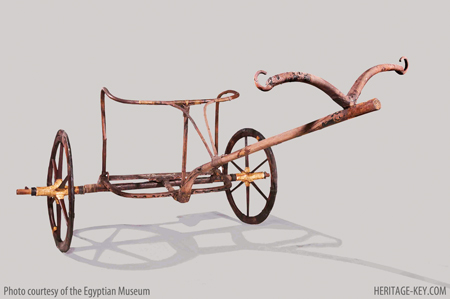 While the fate of Afghanistan as a military project for the United States continues to hang in the balance today, as President Barack Obama mulls whether to deploy 40,000 more troops in this “graveyard of empires,” there was a rare piece of good news from Kabul: Hundreds of looted artefacts are back where they belong, in the National Museum, Kabul.
While the fate of Afghanistan as a military project for the United States continues to hang in the balance today, as President Barack Obama mulls whether to deploy 40,000 more troops in this “graveyard of empires,” there was a rare piece of good news from Kabul: Hundreds of looted artefacts are back where they belong, in the National Museum, Kabul.
You may remember that Afghanistan has managed to distinguish itself by managing to hold onto a huge portion of its cultural and artistic heritage in the form of artefacts dating back as far as 2,000 BC. It’s a wonderful tale of derring do, with secretive “keyholders” squirreling away great hoards of gold, pottery, jewellry and goodness knows what while the country roiled under one bloody thing after another.
The slightly less high-profile story has been about Afghan museum officials and archaeologists being tipped off, from time to time, by various national Customs officials that there’s a shipment coming through a faraway port that looks suspiciously like it belongs in Afghanistan. Both Omar Khan Massoudi, director of the National Museum, Kabul, and Fred Hiebert, curator of the recent Afghanistan: Hidden Treasures from the National Museum, Kabul, which has just finished touring the US and is heading for Europe, have been summoned on such missions. Many of them have involved UKCustoms, since that nation seems to act as a hub for traffic in illegally procured ancient goodies.
I think it’s amazing that Customs officials are so conscientious, and have an eye for such things. My own experience of having my luggage inspected has been pretty dismal. One one ocassion, when Iwas coming back into the US from Mexico, a Customs official at Miami airport asked me to open my bag and almost immediately jumped back in revulsion. “Ugh!” he said. “Is that… coffee?” It was, indeed. “I can’t stand the smell of coffee,” he said, waving my
suitcase through and gesturing for me to proceed on my way. I didn’t feel like pointing it out to him at the time, but ground coffee is one of the classic substances used for masking the aroma of smuggled drugs. Another dismal experience was in the early post-9/11 days, when Iaccidentally took a credit-card sized multi-tool in my hand luggage, only to have it confiscated at the airport security checkpoint. The last Isaw of this very useful item, it was being proudly displayed by the security official who’d taken it from me, as he showed it off to his colleagues like a kid with a new toy.
Clearly, the Customs guys who get on the blower to Massoudi or Hiebert are in a different class entirely. Hiebert told me in a recent interview that he was sent by Massoudi recently to rescue
some 1,500 Afghan artefacts, weighing more than 3.5 tons, from the Customs pound at London’s Heathrow Airport, that were on their way to the private market. Some of them went back to the Bronze age. National Geographic, for whom Hiebert works, funded the investigation and repatration, and now some of them, at least, are on display in Kabul at last.
It’s a good reminder that ordinary people are perfectly capable of recognizing and appreciating objects of historical and artistic significance, and that it’s the job of all of us to keep our eyes peeled for those little wormholes that open in unscrupulous private collections that swallow up forever the artefacts that really, in the end, belong to all of us.



